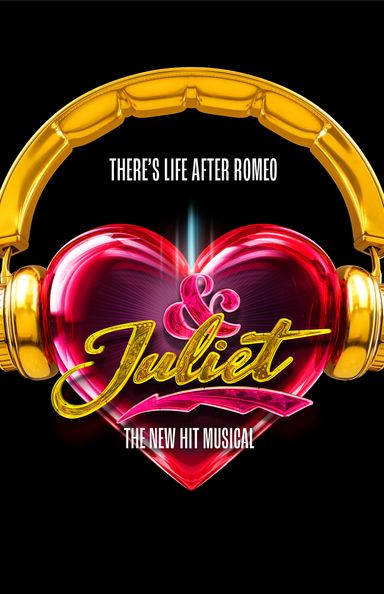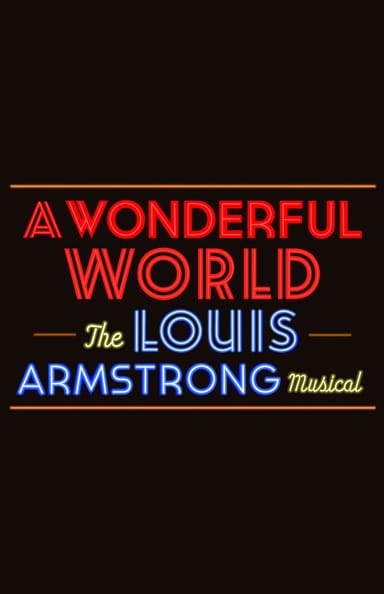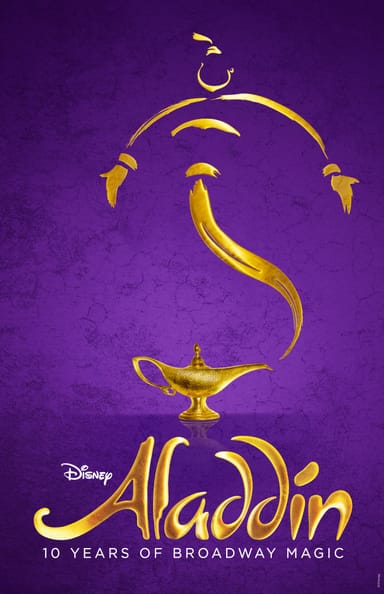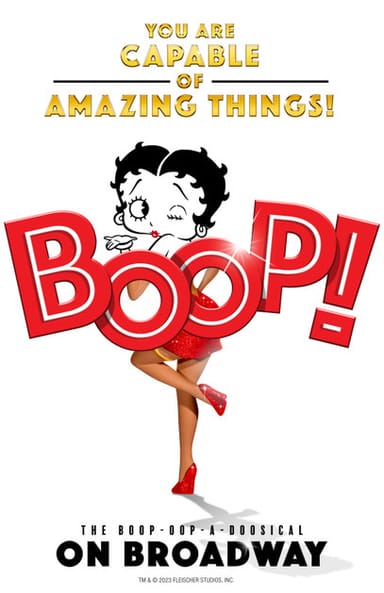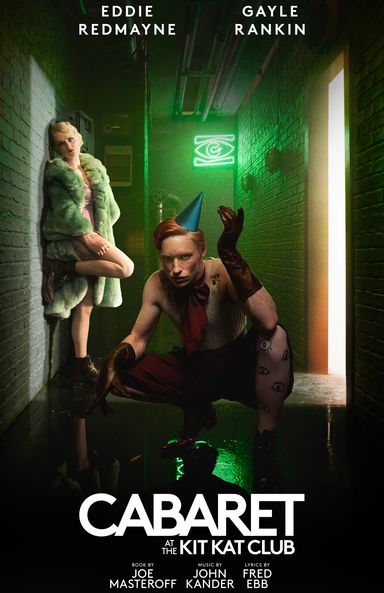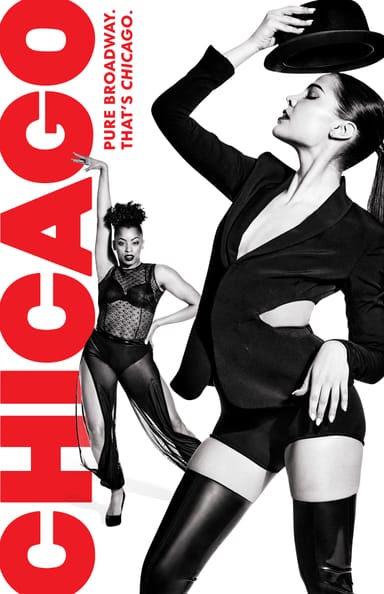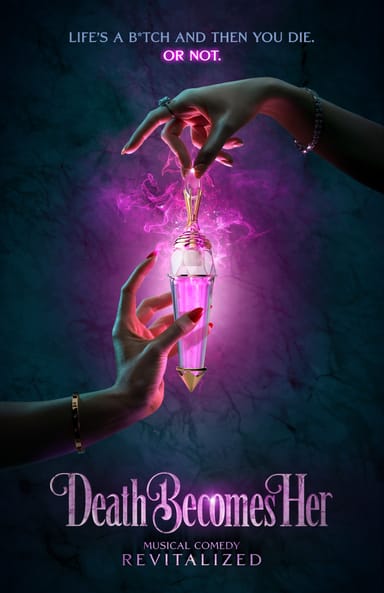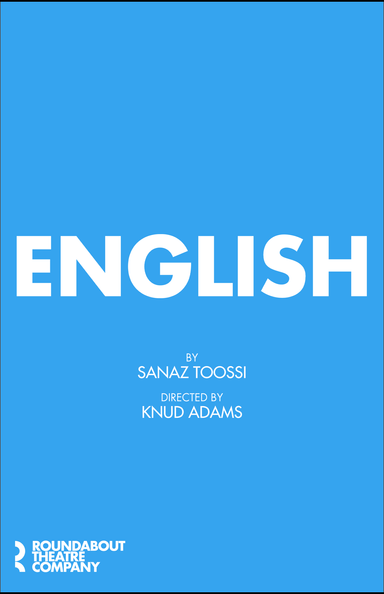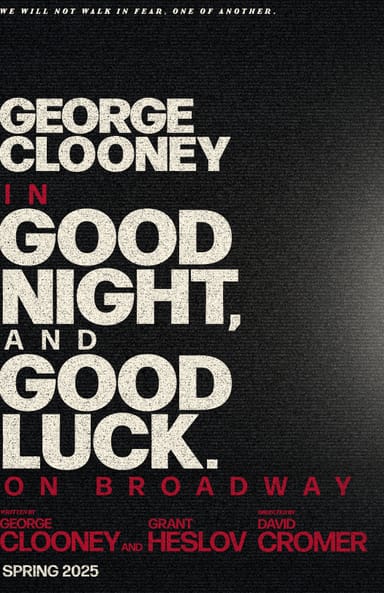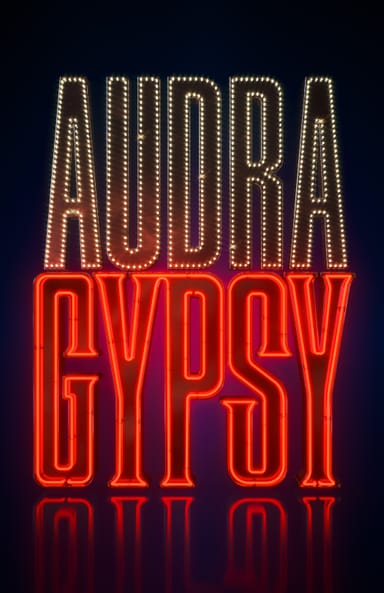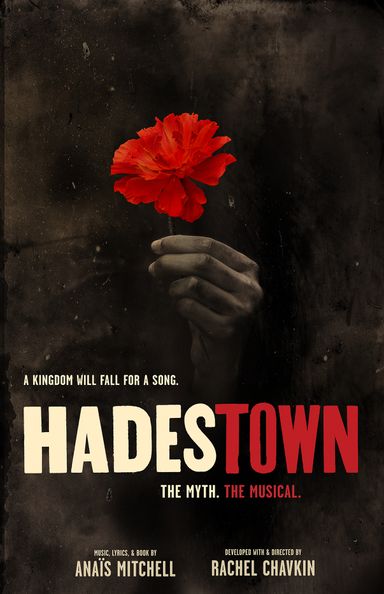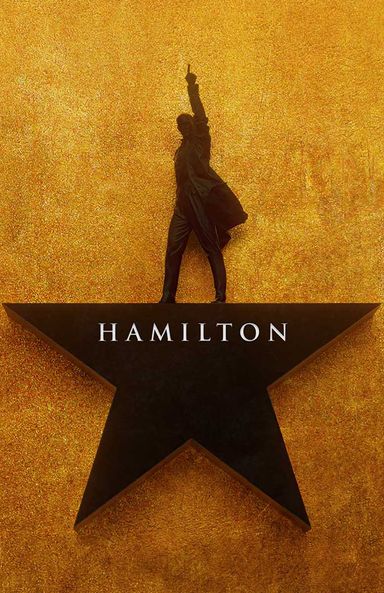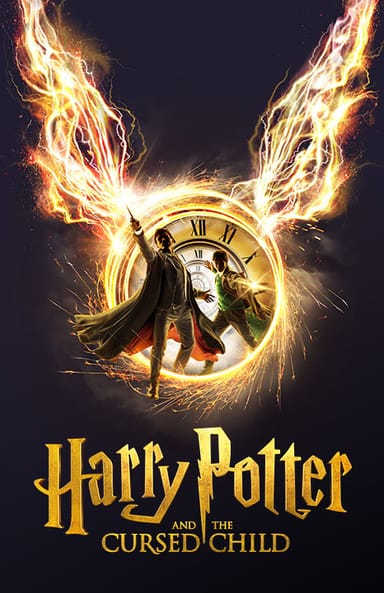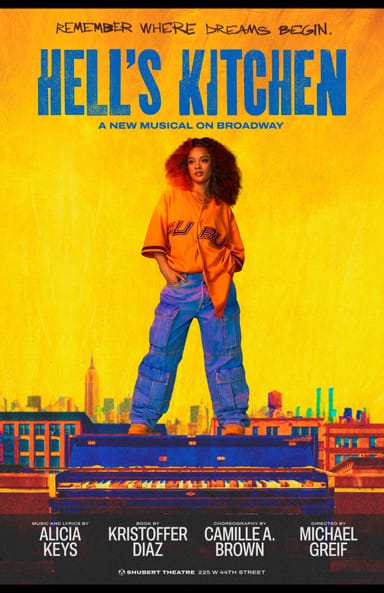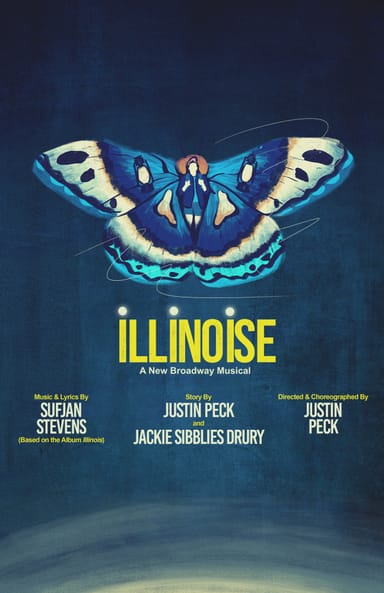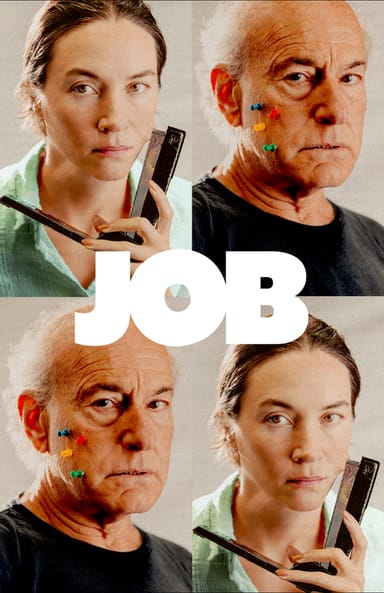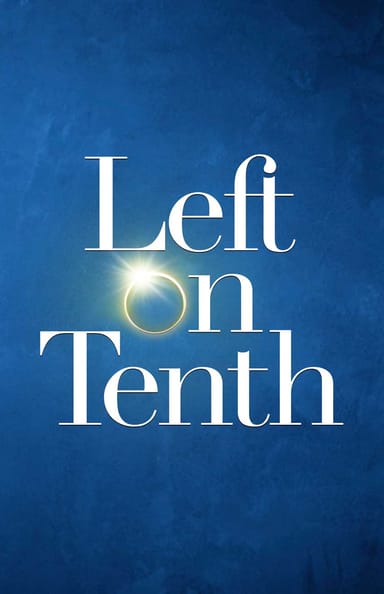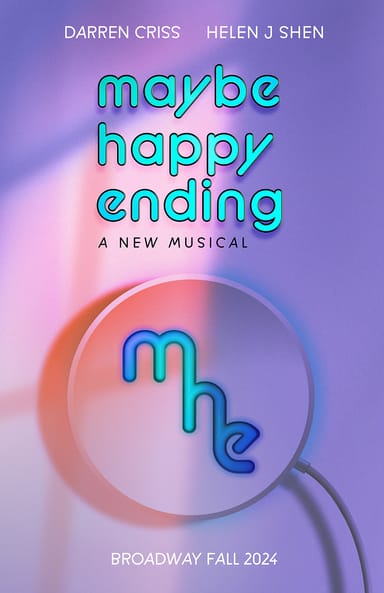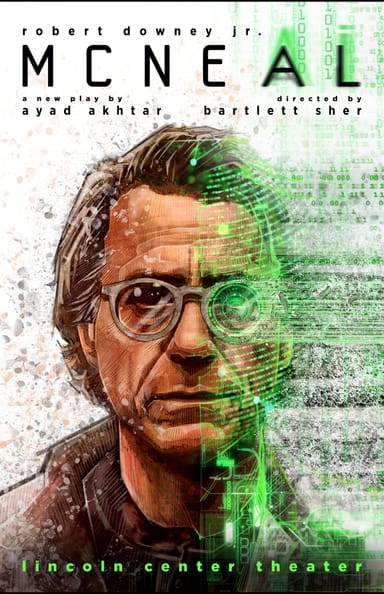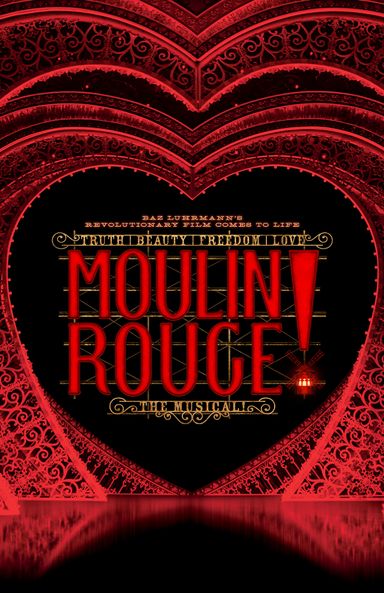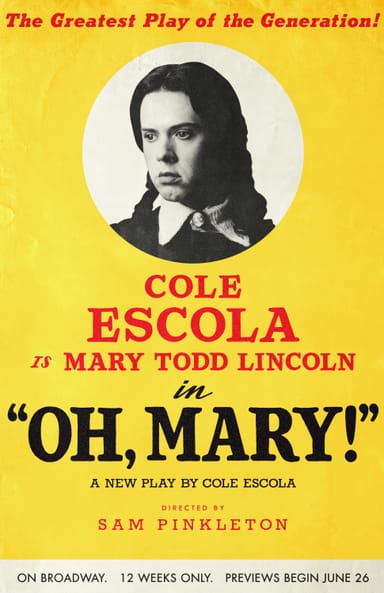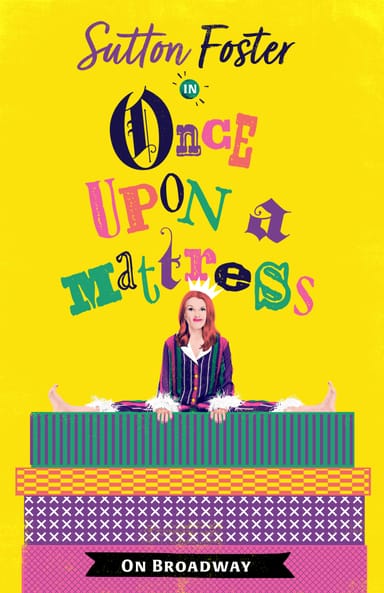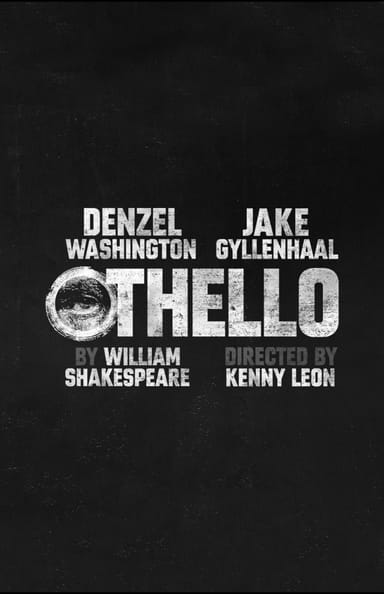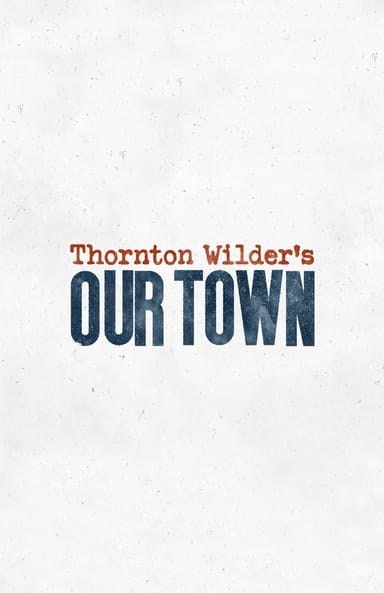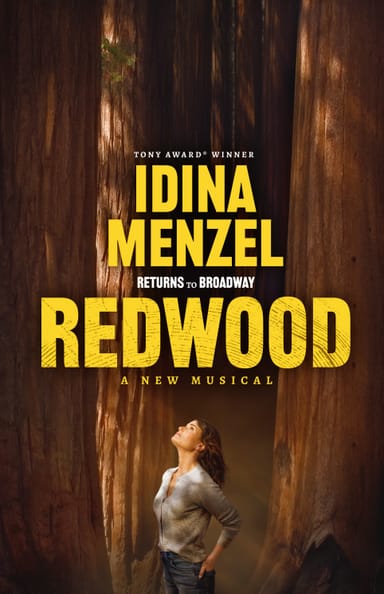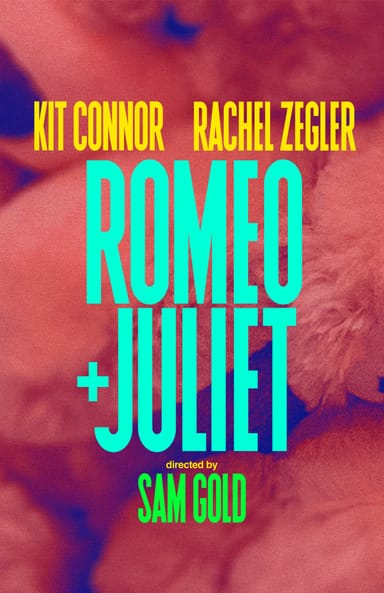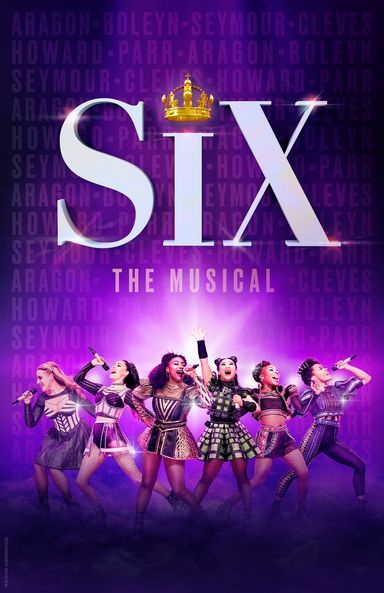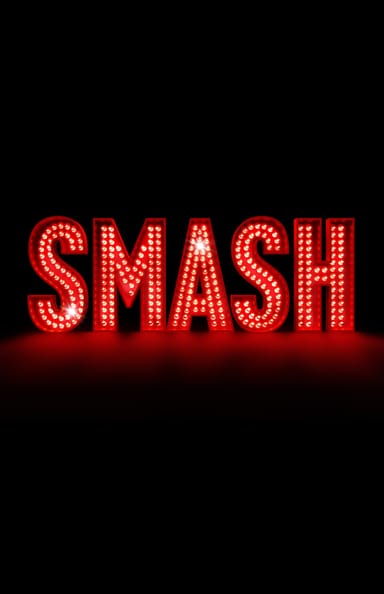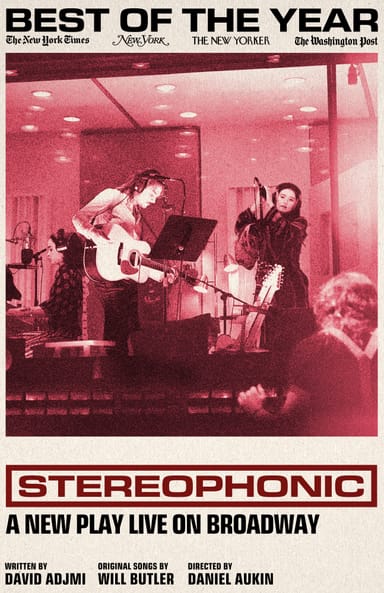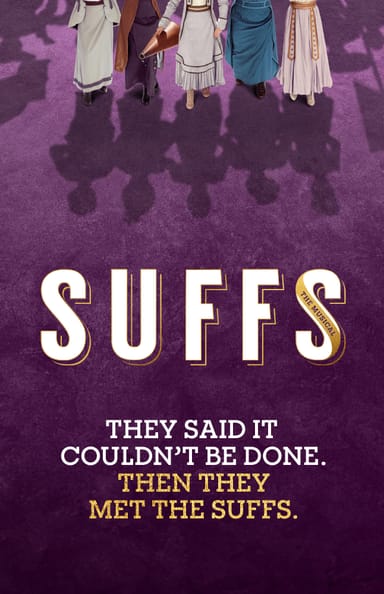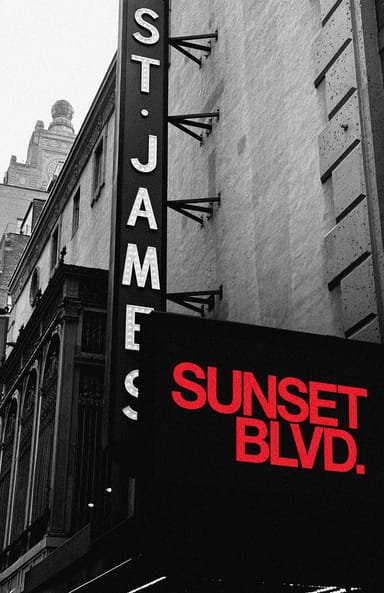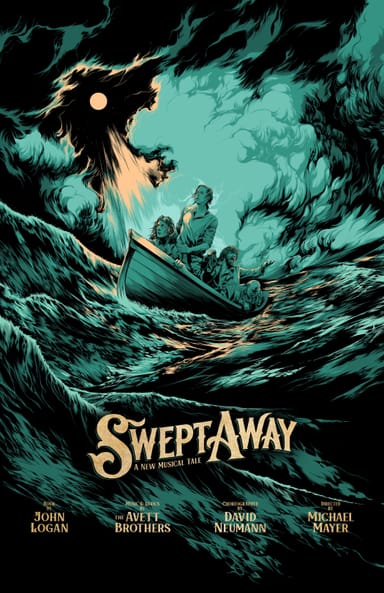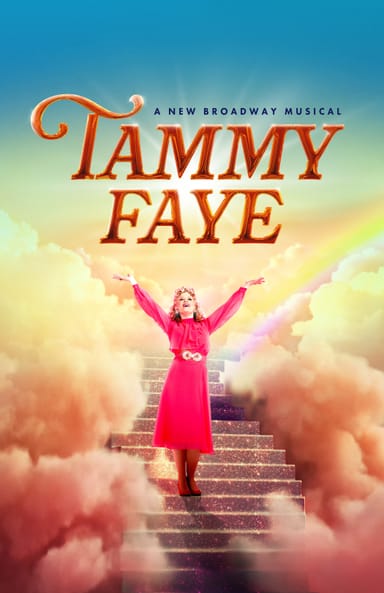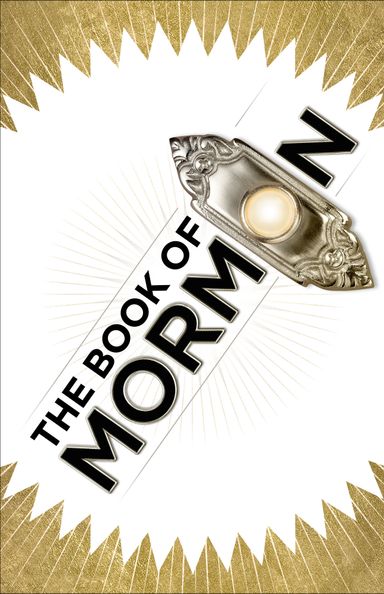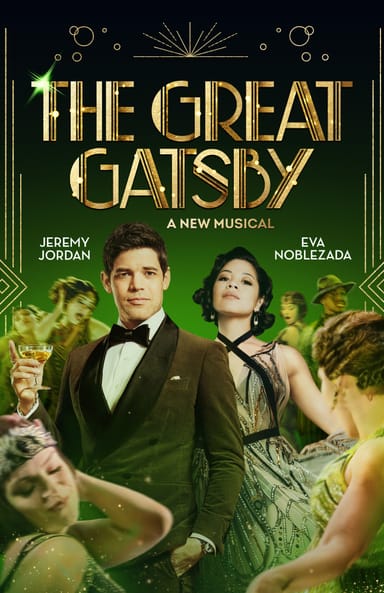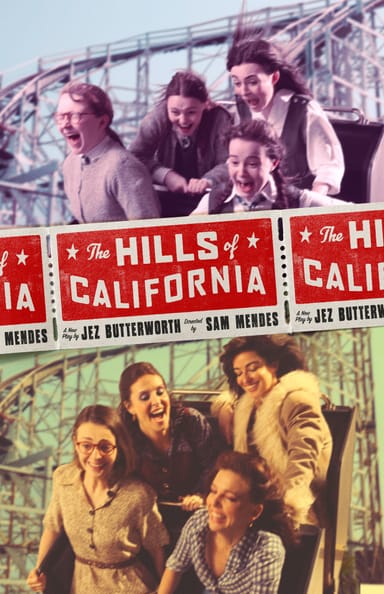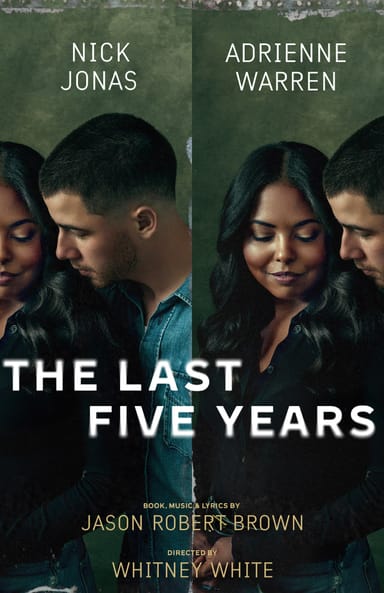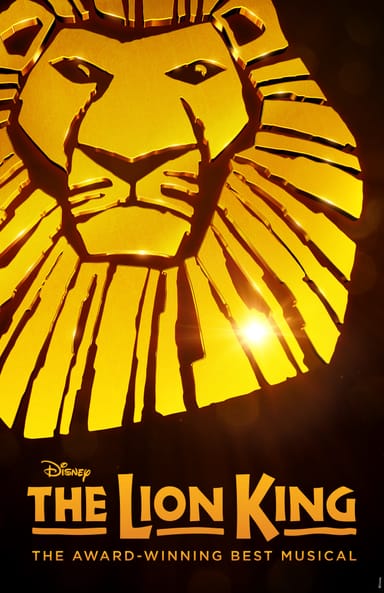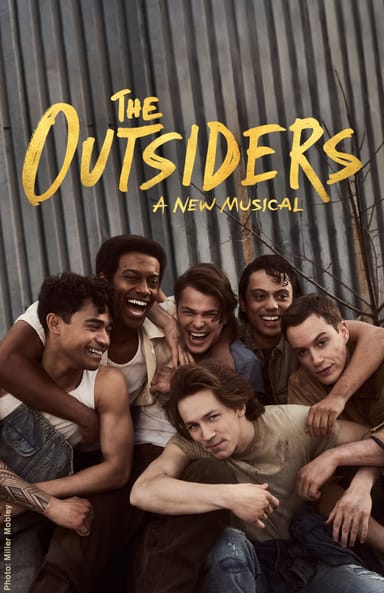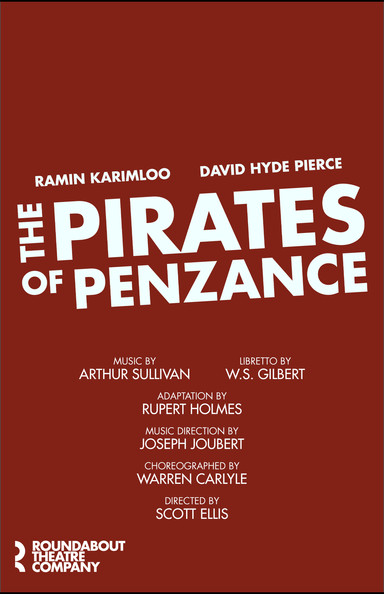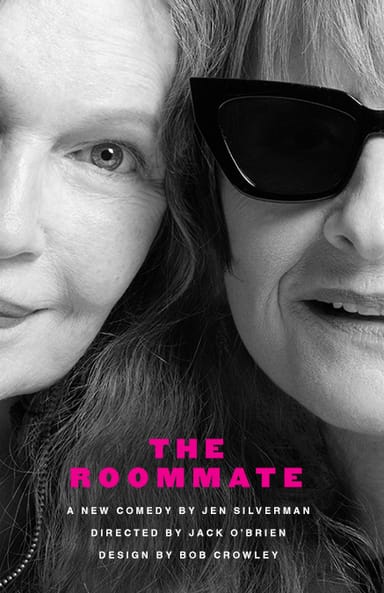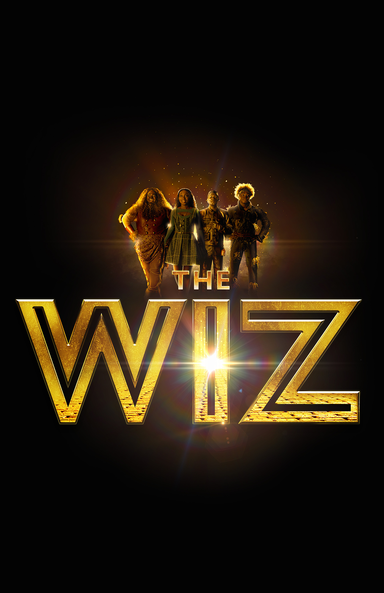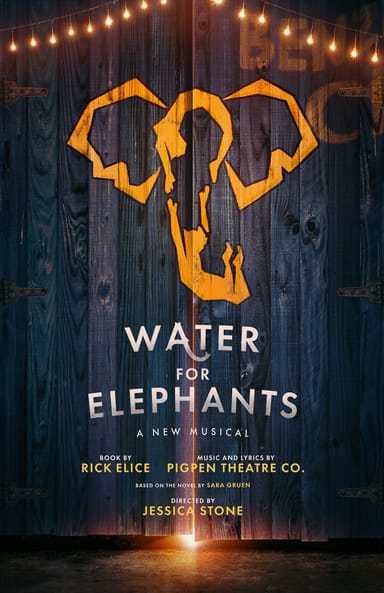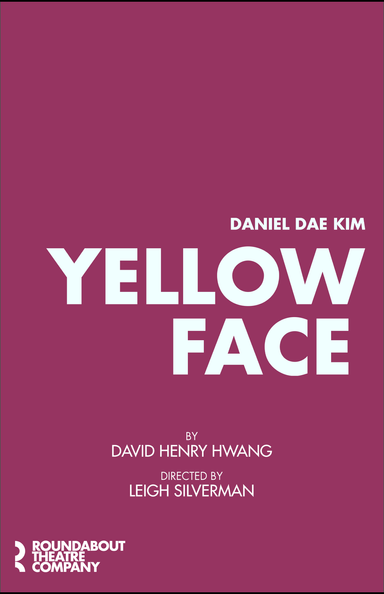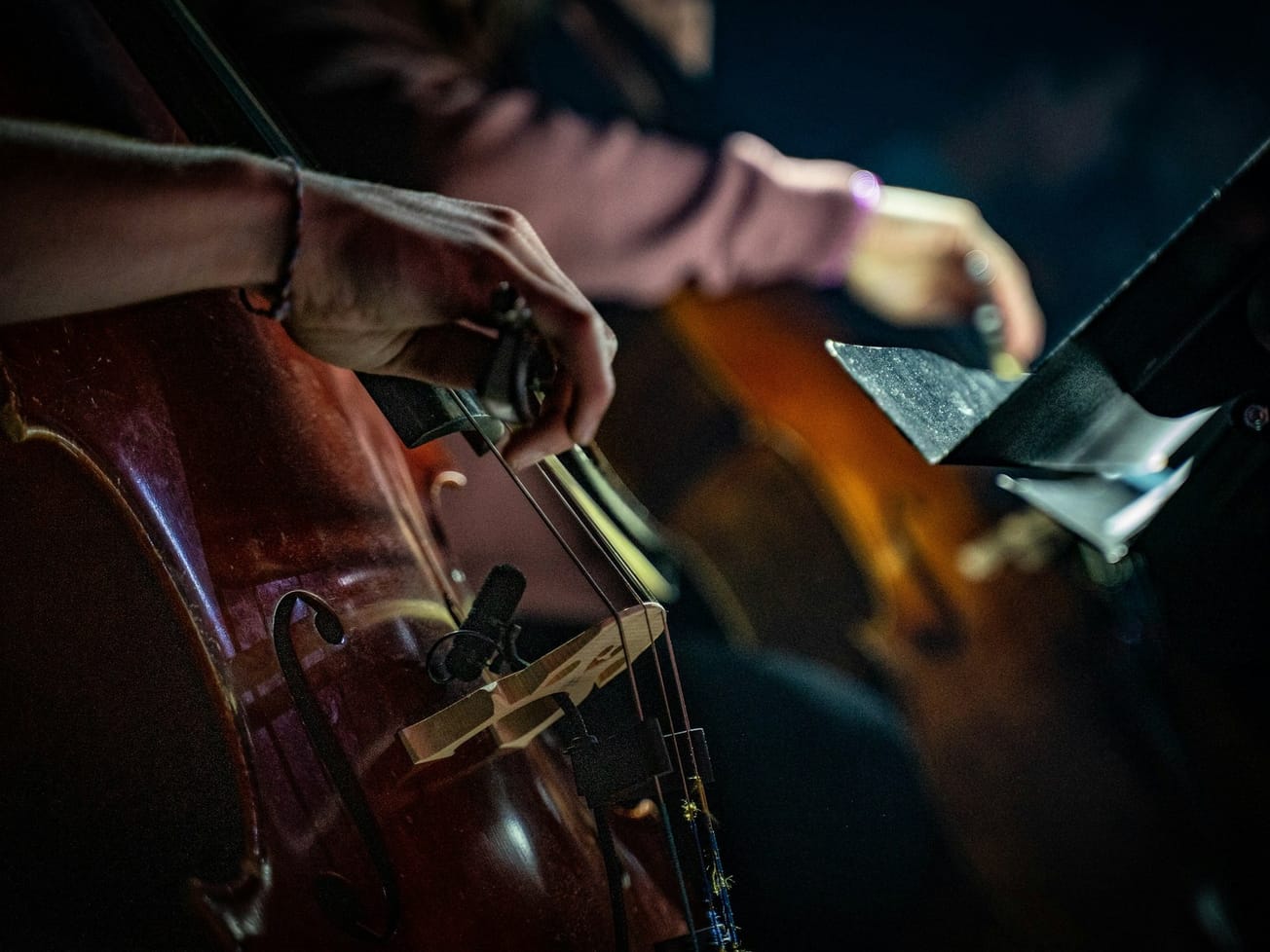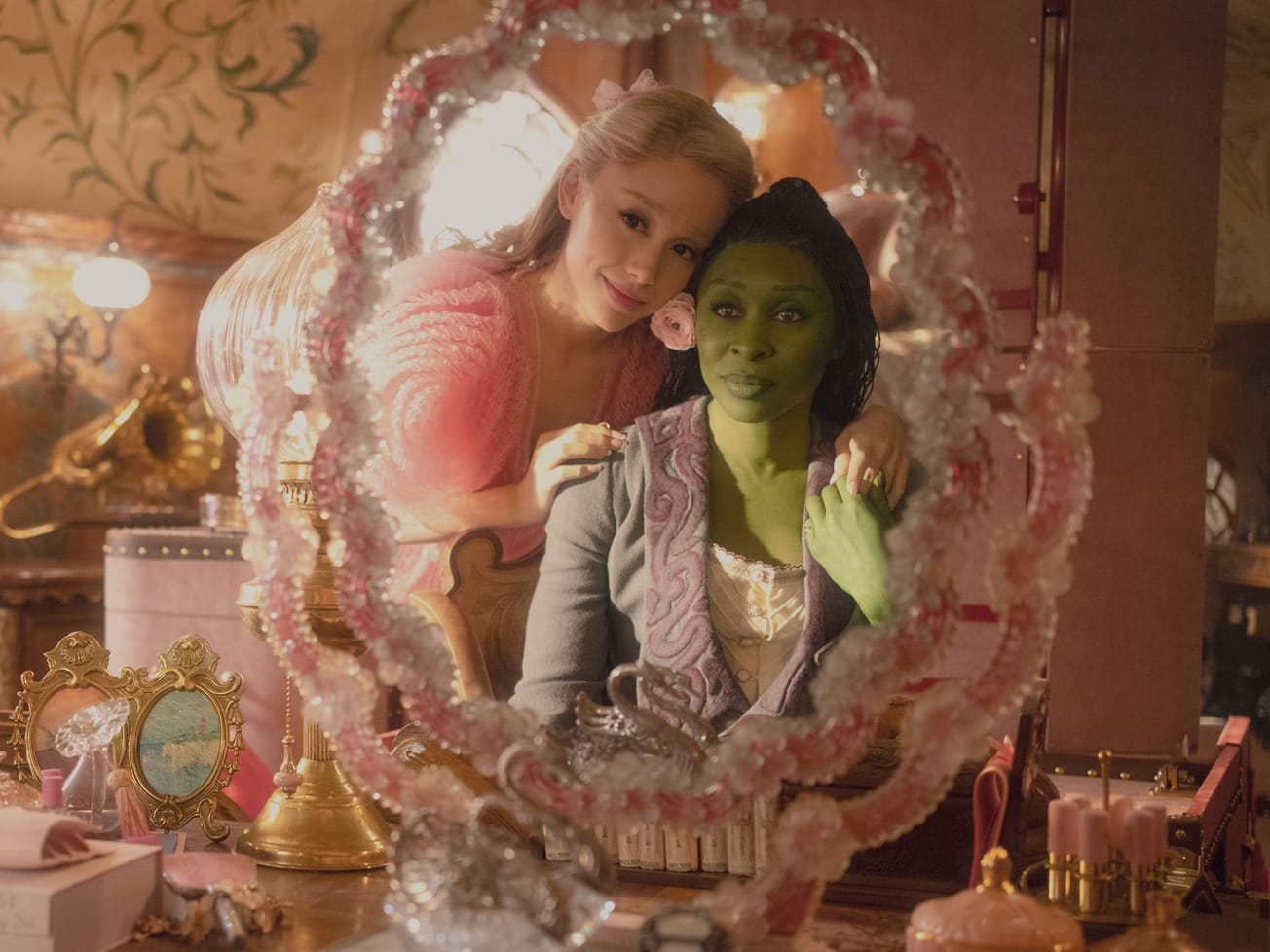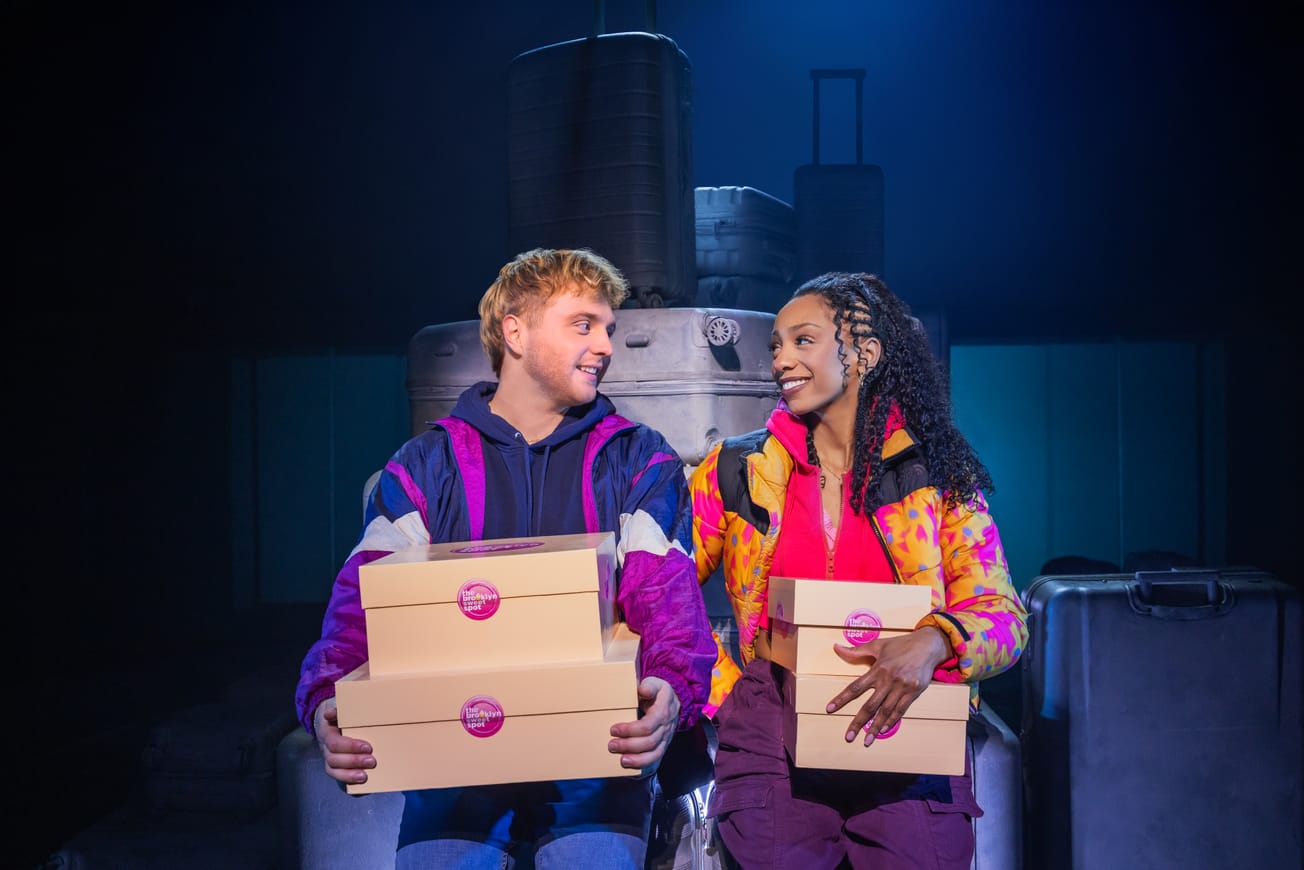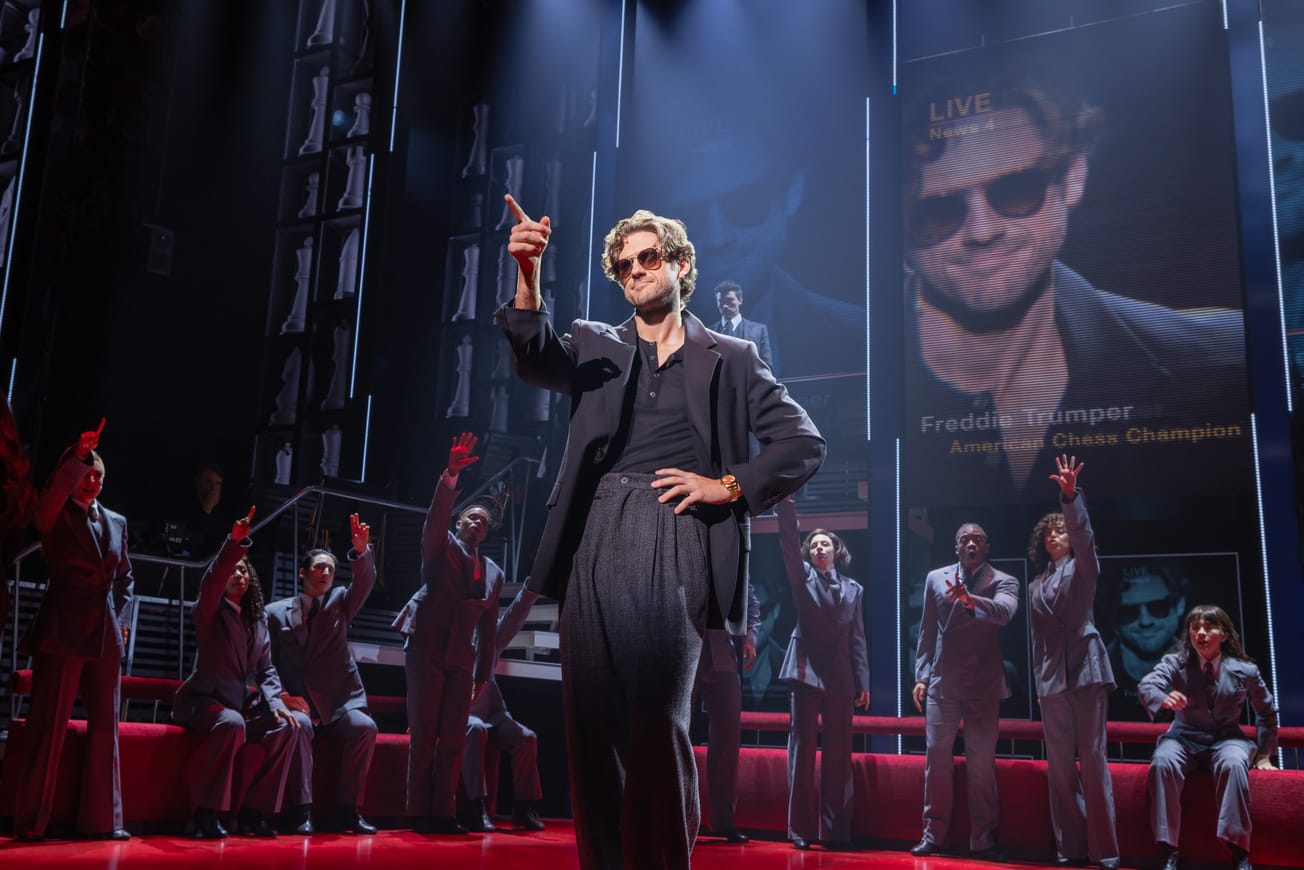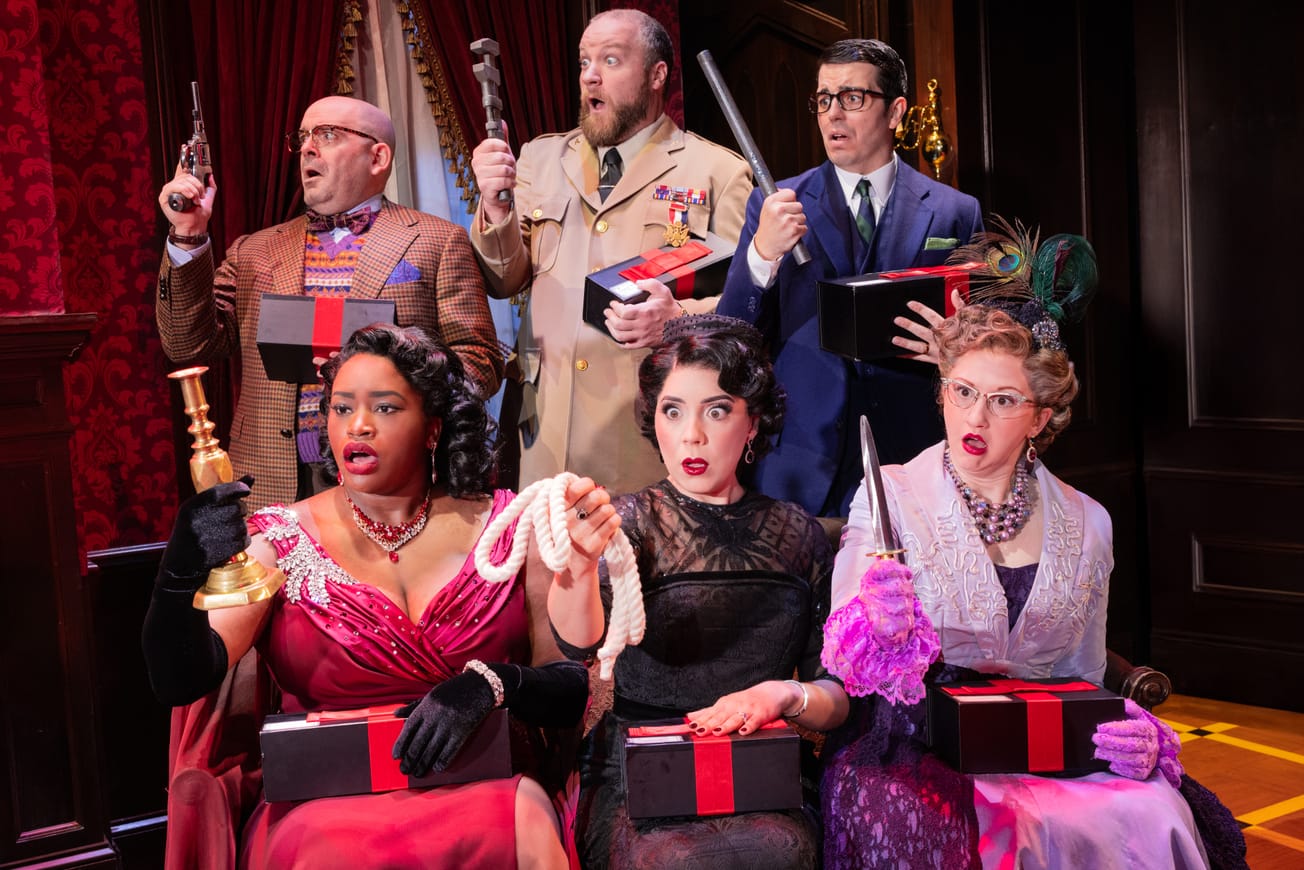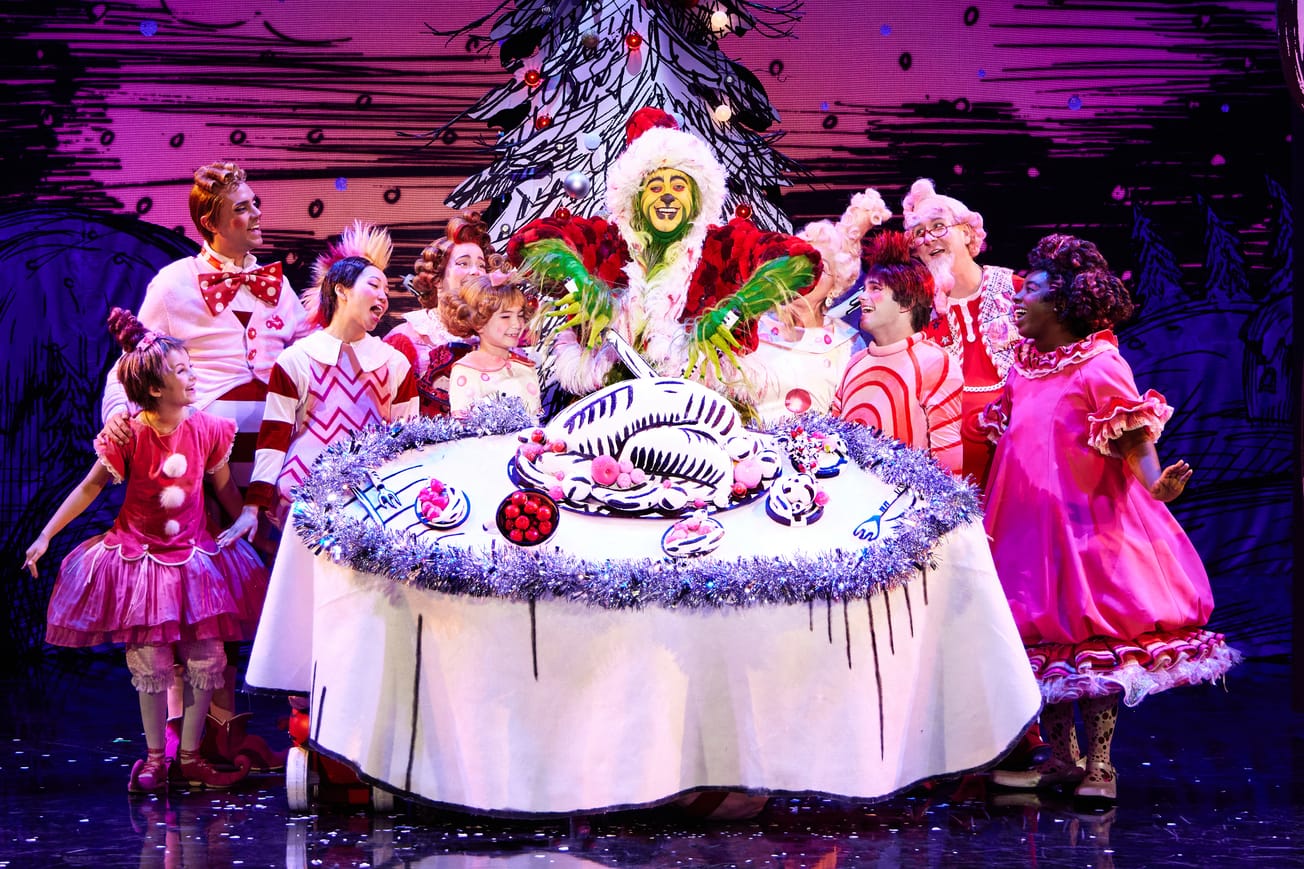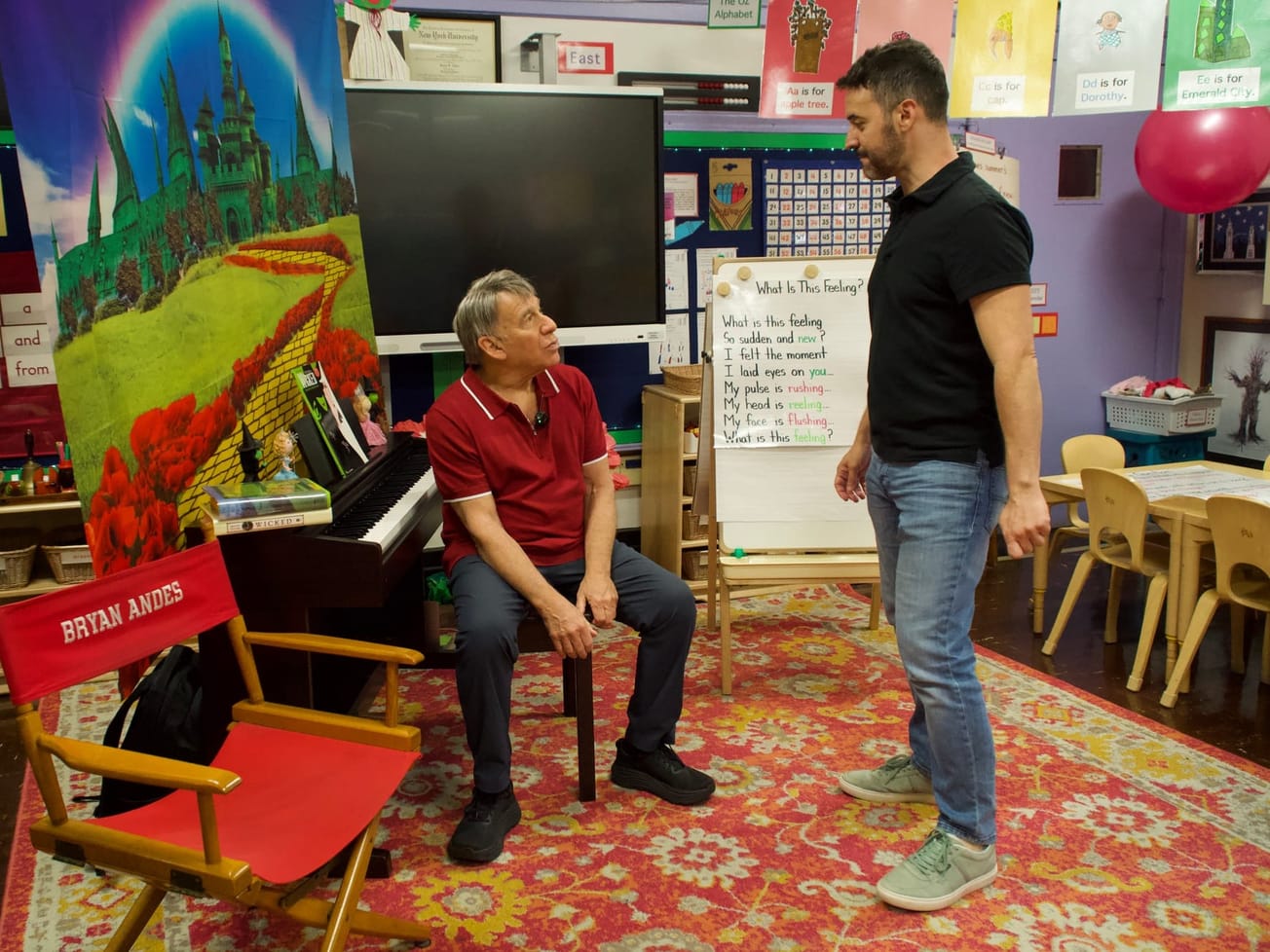Many elements of a musical are on visual display for an audience (performers, sets, costumes), while others elements complement the experience aurally, such as the score, sound design or orchestrations.
While the term “orchestrations” is certainly known, audience members might not have a clear understanding of what the art form actually entails. “It’s true that most people don’t have a clear sense of what orchestrations are,” Tony Award-winning orchestrator Bruce Coughlin told Broadway News. “If asked what I did for a living, my parents’ usual answer would exactly describe the job of a music copyist — something I am not!”
Coughlin is currently nominated for the 2025 Best Orchestrations Tony Award for his work on the Lincoln Center Theater-mounted revival of Adam Guettel and Tina Landau’s “Floyd Collins.” The Best Orchestrations Tony category was only introduced in 1997, a full half century after the 1947 establishment of the entire awards body.
This year, there are seven nominees across five shows for Best Orchestrations: In addition to Coughlin for “Floyd Collins,” nominees are Will Aronson for “Maybe Happy Ending,” David Cullen and Andrew Lloyd Webber for “Sunset Boulevard,” Marco Paguia for “Buena Vista Social Club” and Andrew Resnick and Michael Thurber for “Just in Time.”
Below, several of this season’s nominated orchestrators told Broadway News what they wished people better understood about their profession.
What is uniquely rewarding or challenging about orchestrating your 2025 nominated show?
Marco Paguia
2025 Tony nominee for “Buena Vista Social Club”
2025 Special Tony recipient as part of the musicians who make up the band of “Buena Vista Social Club”
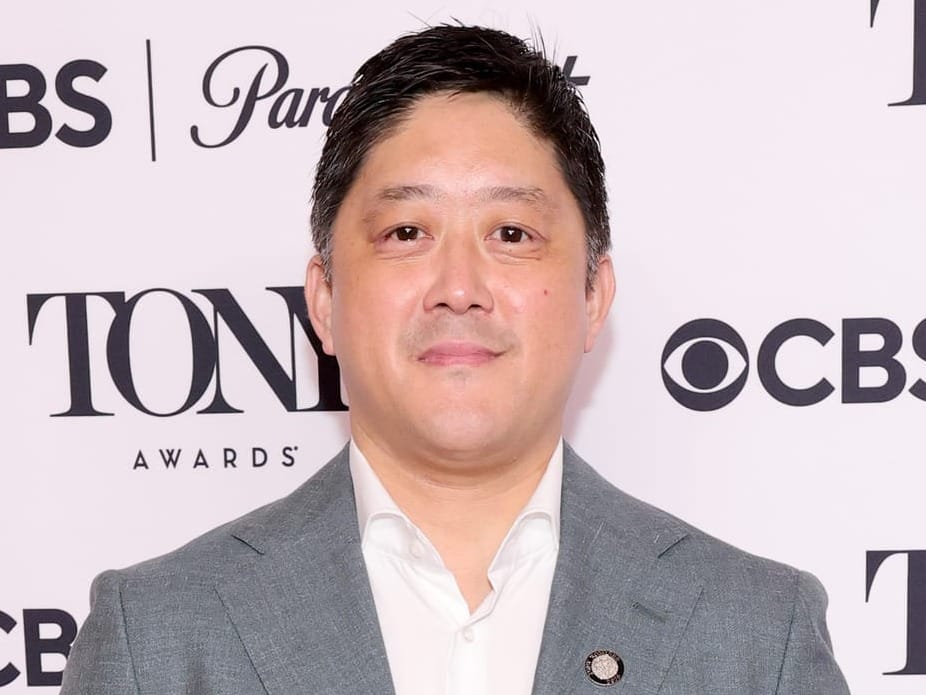
“It’s a big challenge because [the band] is onstage and often performers. When we have to shift to a more traditional orchestra mode, like underscoring a scene or playing transition music, there’s a challenge in balancing the onstage band versus an orchestra for the show. Because if the audience has seen us in the action, it’s hard to know: Are they going to be part of the scene again? Are they just part of the scenery now? That’s always been a challenge with onstage musicians. Two of our musicians are also actors in the show, so I think from an audience perspective, [they think], ‘Oh, here they are again. Are they playing as part of the band or are they just the underscoring scene?’” —Marco Paguia
Bruce Coughlin
2025 Tony nominee for “Floyd Collins”
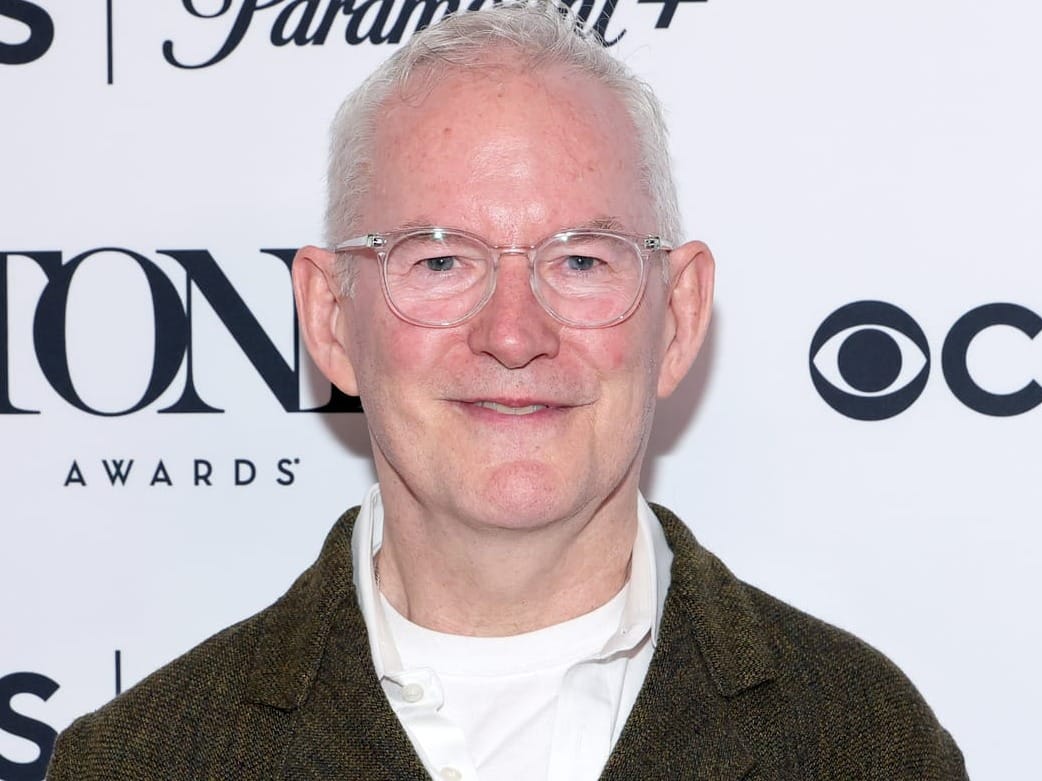
“[Composer] Adam Guettel’s unique vocabulary in this show (a combination of classical, theater and hill country music) gave me the chance to show off all those styles in the orchestration. The addition of the harmonica was serendipitous: I had a hunch it would be great, but to be honest knew nothing about writing for it. For the original production 30 years ago, I spent days working with a first-call harmonica player in New York, Rob Paparozzi, who impressed upon me the fact that the harmonica can do a lot more than most arrangers think. He showed me as much about the three harmonicas that he could (chromatic, blues harp and bass harmonicas) and I put nearly all of that information to good use in this show. … In the expanded orchestration for this production, I added a low reed player to give a little more low-end foundation to support the singers. One of his instruments is rarely used in musical theater: the contra alto clarinet, which has a range lower than the bass clarinet!” —Bruce Coughlin
What do orchestrators wish people understood more about their art form?
Michael Thurber and Andrew Resnick
2025 Tony nominees for “Just in Time”
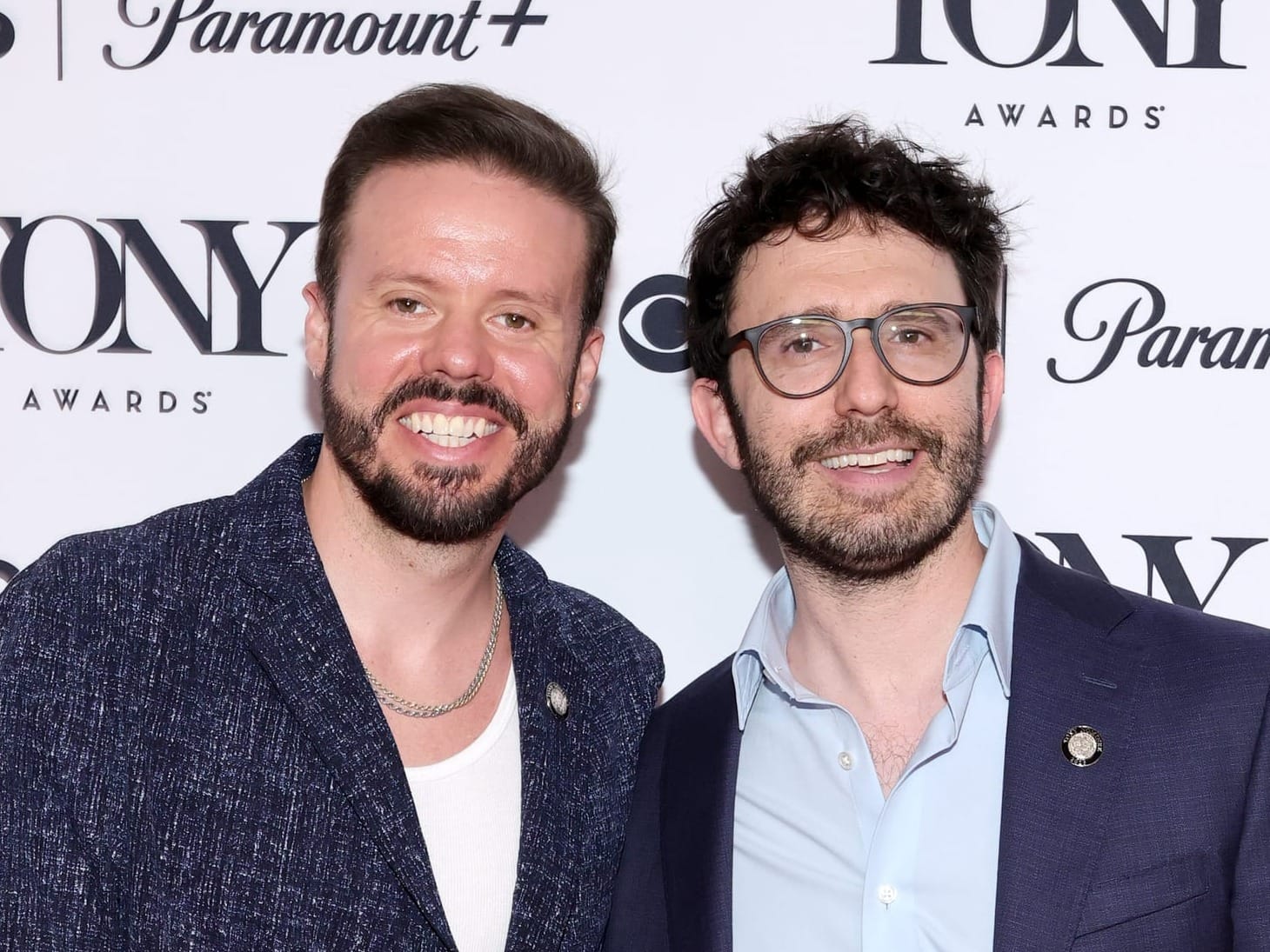
“Orchestrations literally make or break the songs. You could have an incredible song, but if it doesn’t have the right energy, if it doesn’t have the right tone, if it’s not the right color, if [the band] is not the right size, if it doesn’t come down at the right moments, if it doesn’t get bigger at the right moments, if it doesn’t have that right undertone, it’ll sink it. All of the subtext of the emotion of what’s happening onstage comes from the orchestrations. And conversely, you could have, frankly, some pretty bad songs that will suddenly work if they’re orchestrated.” —Michael Thurber
“Orchestrations are so collaborative, not in the sense of other people writing them, but in the sense of how much of [orchestrating is] trying to decipher what the composer wants, how much of what you hear is dependent on the sound designer and how they’re imagining it, how much of it has to do with the music director and the way they’re getting sounds from the orchestra. The interwovenness of it all is really important, as is the color of it. I think of a coloring book. You have the outside and you’re filling it in but it’s not a paint-by-number type thing. You have all the options in the world and a really clear outline. Just like with painting, there’s contour, what brush you’re using, the actual color you’re using, the blending of the colors. It’s all of these things. It’s all really hard, but it’s really exciting and rewarding to do.” —Andrew Resnick
Will Aronson
2025 Tony nominee for “Maybe Happy Ending”
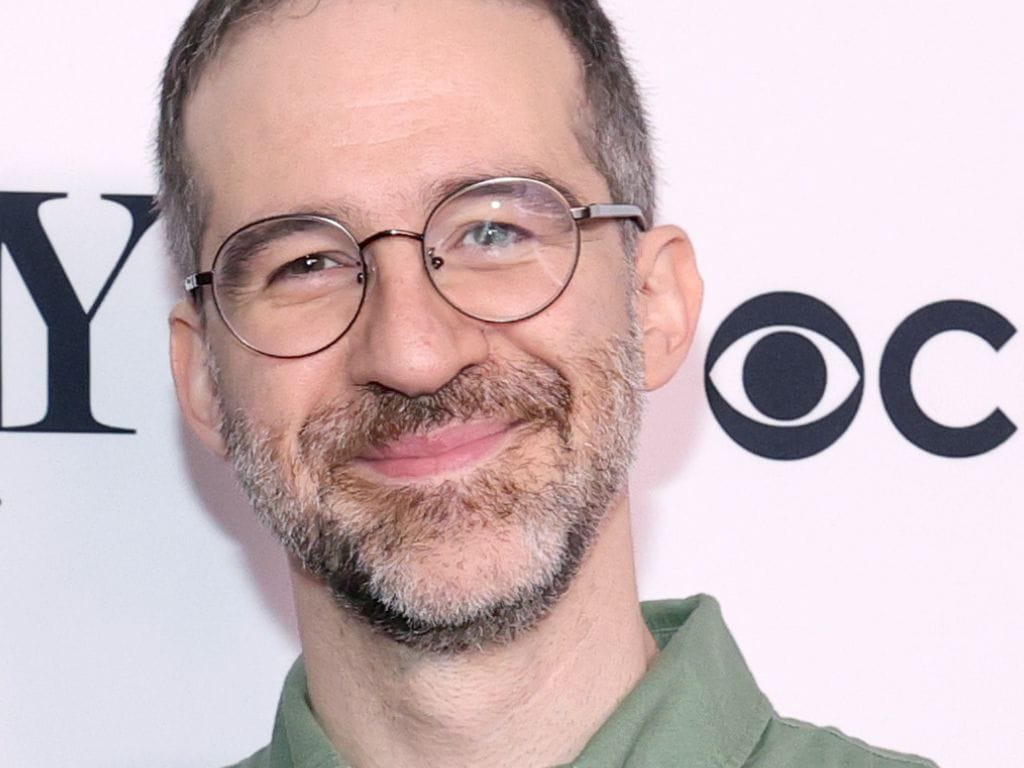
“Being an orchestrator is like being a designer. It is all about the storytelling, and you’re trying to help tell the story as well as you can, and orchestrations are one element of that. It’s painting a picture. How you use colors, size, all these different things can help with the storytelling.” —Will Aronson
Bruce Coughlin
2025 Tony nominee for “Floyd Collins”
“Orchestration is not the melody and not the words (the lyrics). Listen below the surface of the music to what’s supporting the singer: the colors, the texture, what additional musical lines are happening in the instruments at the same time as the vocal — that’s where you’ll find the orchestrator’s contribution.” —Coughlin

